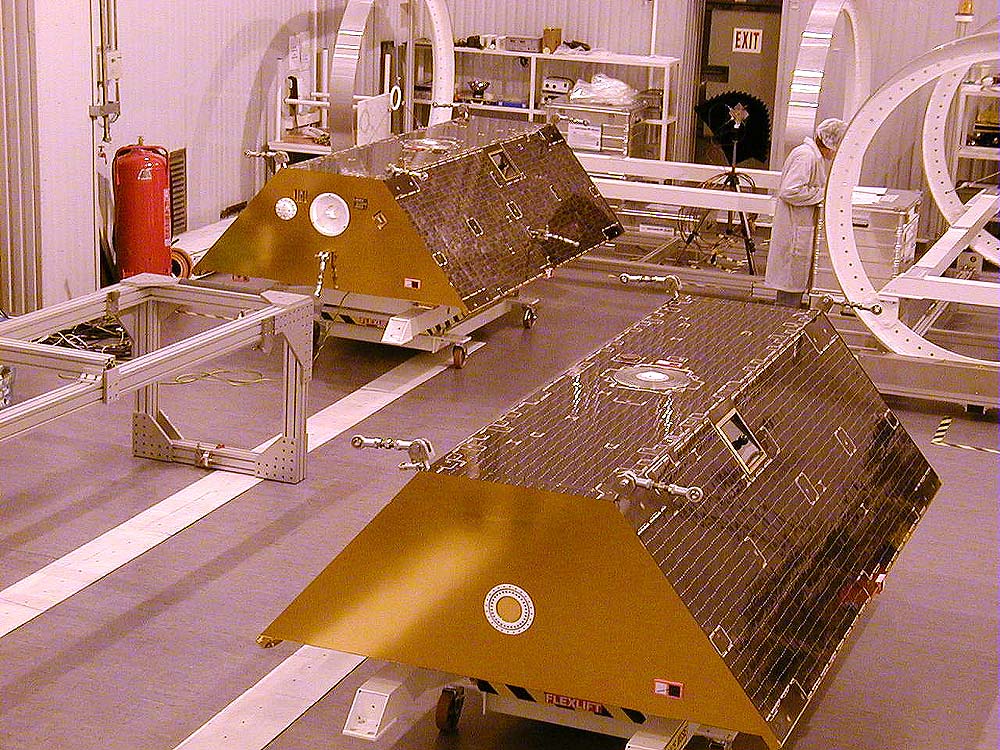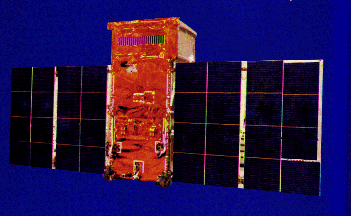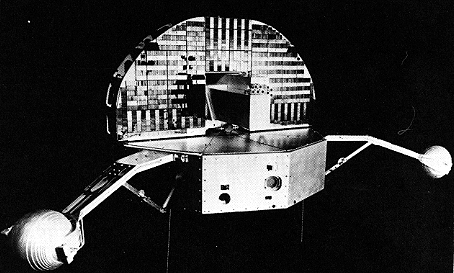Forty years ago today — March 2, 1972 — Pioneer-10 launched from Cape Canaveral atop an Atlas Centaur rocket, on its historic journey to the Solar System’s largest planet.

(The Pioneer Plaque designed by Carl Sagan and Frank Drake. NASA image.)
Pioneer-10 was the first mission to fly beyond the orbit of Mars and the Asteroid Belt, and the first to explore Jupiter. Pioneer-10 passed within 81,000 miles (200,000 km) of Jupiter on December 3, 1973.
Fifteen experiments were carried to study the interplanetary and planetary magnetic fields; solar wind parameters; cosmic rays; transition region of the heliosphere; neutral hydrogen abundance; distribution, size, mass, flux, and velocity of dust particles; Jovian aurorae; Jovian radio waves; atmosphere of Jupiter and some of its satellites, particularly Io; and to photograph Jupiter and its satellites. Instruments carried for these experiments were magnetometer, plasma analyzer, charged particle detector, ionizing detector, non-imaging telescopes with overlapping fields of view to detect sunlight reflected from passing meteoroids, sealed pressurized cells of argon and nitrogen gas for measuring the penetration of meteoroids, UV photometer, IR radiometer, and an imaging photopolarimeter, which produced photographs and measured polarization.
In 1983, Pioneer-10 left our Solar System traveling in the general direction of Aldebaran, 68 light years away. It will take Pioneer-10 over two million years to reach Aldebaran. Should an alien civilization find Pioneer-10 during its voyage, they will also find a pictorial greeting in the form of a plaque on the side of the spacecraft.
On the plaque a man and woman stand before an outline of the spacecraft. The man’s hand is raised in a gesture of good will. The physical makeup of the man and woman were determined from results of a computerized analysis of the average person in our civilization.
The key to translating the plaque lies in understanding the breakdown of the most common element in the universe – hydrogen. This element is illustrated in the left-hand corner of the plaque in schematic form showing the hyperfine transition of neutral atomic hydrogen. Anyone from a scientifically educated civilization having enough knowledge of hydrogen would be able to translate the message. The plaque was designed by Dr. Carl Sagan and Dr. Frank Drake and drawn by Linda Salzman Sagan.
More information about Pioneer:



 by
by 



















